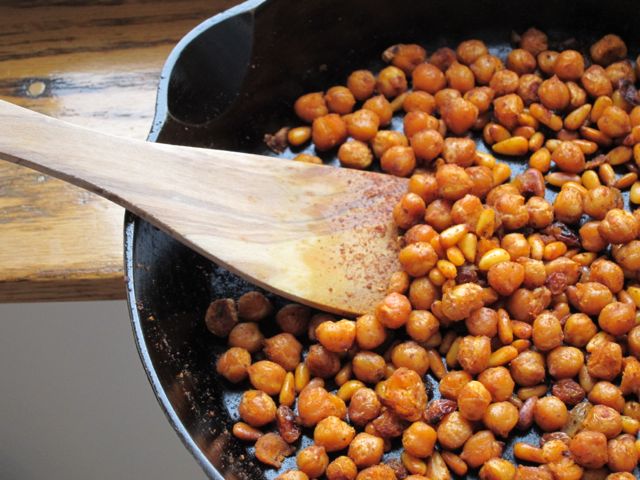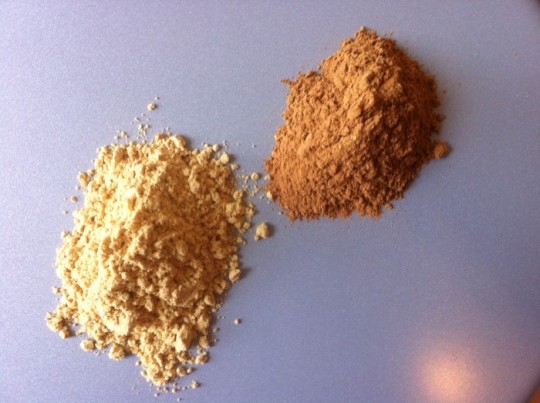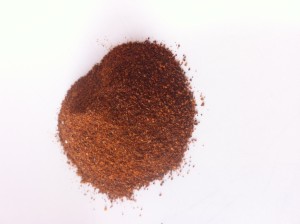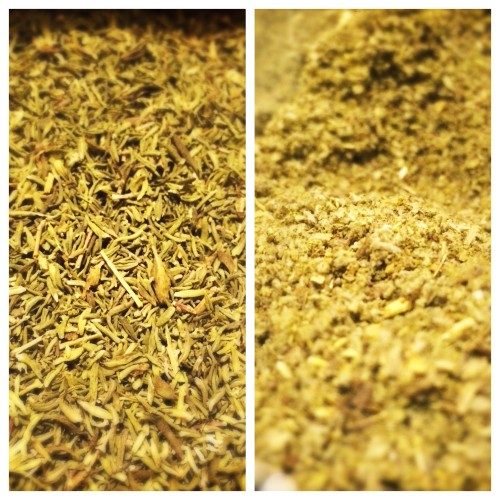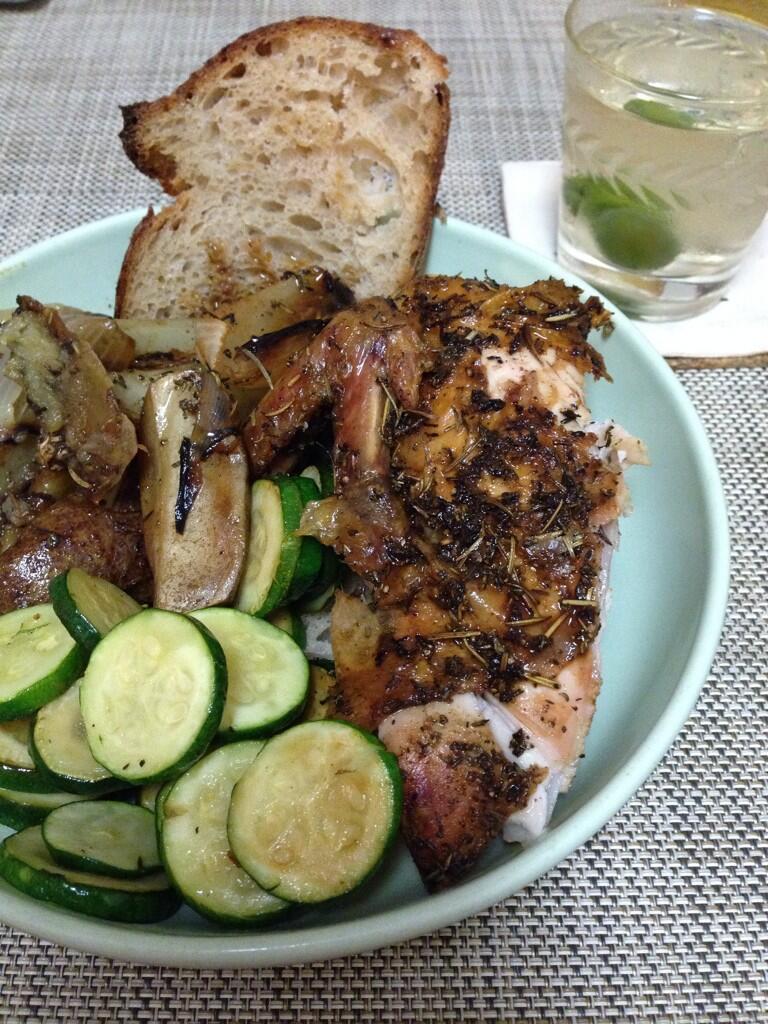
What is vanilla?
Vanilla comes from the bean pods of a tropical orchid of Mexican origin. There are several subspecies of vanilla, with the Madagascar or Bourbon vanilla bean comprising most of the vanilla bean you see on the market. Vanilla has a very distinct smell and taste, which is described as “pure, spicy and delicate.” To me, vanilla is rich, full, and sweet. I love it.
What is vanilla extract?
Most of us are familiar with real vanilla extract. Extract is a marvelous product. Use it generously and replenish regularly with the best pure extract you can easily afford. Artificial extract is definitely not made of real vanilla, and is often derived from wood pulp. Blech.
Using your vanilla bean
With vanilla flavor, you have a delicious base for almost any cake or cookie. Wonderful on it’s own, vanilla also amplifies the taste of other flavors such as chocolate and fruit. I suggest you use this bean in a simple recipe that allows you to enjoy the freshness of its smell and taste. You could make vanilla sugar, which requires no cooking at all. You could make a vanilla frosting or glaze for a cake, or a vanilla custard or sauce, which would make a modest store-bought pound cake with fresh fruit go off the chart.
Prepping the vanilla bean
Use the tip of a sharp knife to carefully split the bean lengthwise. Flatten the bean and then scrape the knife down the length of the interior, on each side of the bean pod. Scrape with some pressure but do not push down too hard as that may shred the pod and cause some of the pod fibers to scrape up as well. Scrape the seeds from the tip of the knife into your sugar, batter, milk, sauce etc. If you are steeping the vanilla, use the entire pod as well. For example, put a cup of sugar in a lidded container. Scrape the seeds into it along with the pod. Cover and let steep for a few days, stir and enjoy.
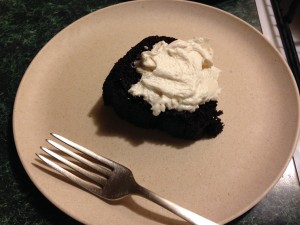
- 5 tablespoons flour
- 1 cup of milk
- 1 vanilla bean
- 1 cup of butter (2 sticks), room temperature
- 1 cup granulated sugar (not powdered)
- Put the milk in a small pot and scrape the vanilla bean seeds into it along with the pod. Let sit for up to a half hour. Add the flour to the vanilla and milk and heat to a simmer whisking constantly. Allow the mixture to thicken (it will look like a paste). Let cool completely. In a medium mixing bowl, cream the sugar and butter until light in color and not grainy in texture. Add the flour mixture (remove pod) and beat on medium high for 5 minutes or more. You want it to resemble very stuff whipped cream. It is so delicious, it is hard to describe. The end! <3

